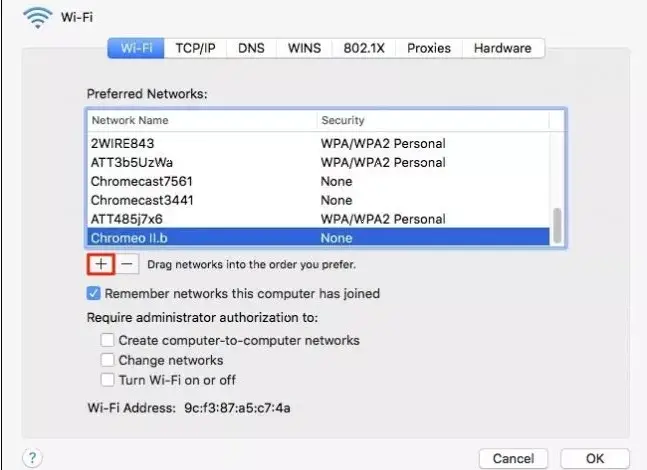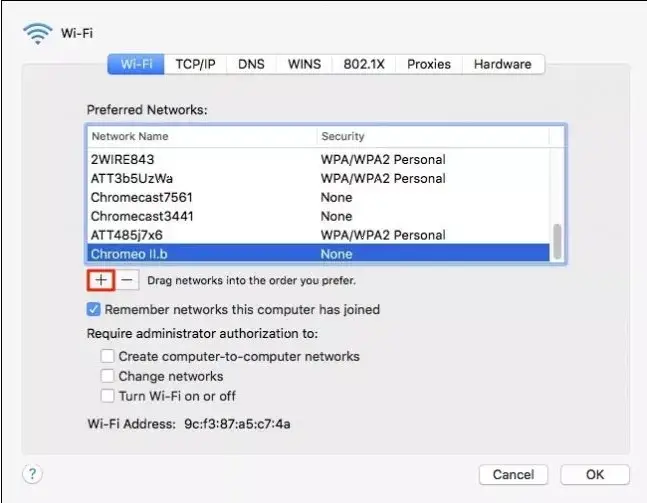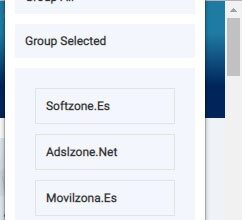How to Manually Add or Remove WiFi Networks in OS X

When we connect to a WiFi network from a Mac, it is automatically registered, with the password. Like this, once we have it at hand again, the system itself will recognize it and connect immediately . This has its positive side, because we don't have to log in every time, but it also has its negative side.
The downside to having saved all the WiFi networks that we go through is that it is possible that at some point the computer itself will connect to one that we don't want, even if that signal is weak. And it is very likely that we will take the time to understand the reason for the slowness when browsing the internet. It can be really frustrating .
That is why it is always good, from time to time, to do a general cleaning of WiFi networks that we don't usually use . To do this, you must first go to the 'Network Preferences' icon and there, in the window that opens, click on 'Advanced options'.

Simply remove or add
By clicking on "Advanced options", a window will open with all the WiFi networks to which we have access. If there are a lot of them, it is necessary to do a real cleaning of all and to keep the ones that we normally use . To do this, simply select one of them and click on the "-" symbol. Another window will open asking if we really want to delete this WiFi network. Just answer yes and that's it. In addition, if we want to delete several at the same time, we just have to hold down the 'command' key and choose the ones we want to delete at once.
To add a Wifi network, the process is also quite simple. You just need to click on the "+" symbol and enter all the necessary information. That is, the name of the network, which the system searches for and the password, in case he has some sort of security fence . Once done, the WiFi network will be saved automatically until we delete it so that we don't have to search for it again.
Also if we don't want to eliminate WiFi networks, we have the possibility of placing them in the order which is preferred. We just have to drag them. That way, the networks that we trust more, or that have a better signal, we can put them above the weak. Thus, the system will first connect to the best available.
This might interest you ...
- Apple deletes secure deletion from Trash on Mac OS X El Capitan
- Hyperlapse Pro is coming to Mac



